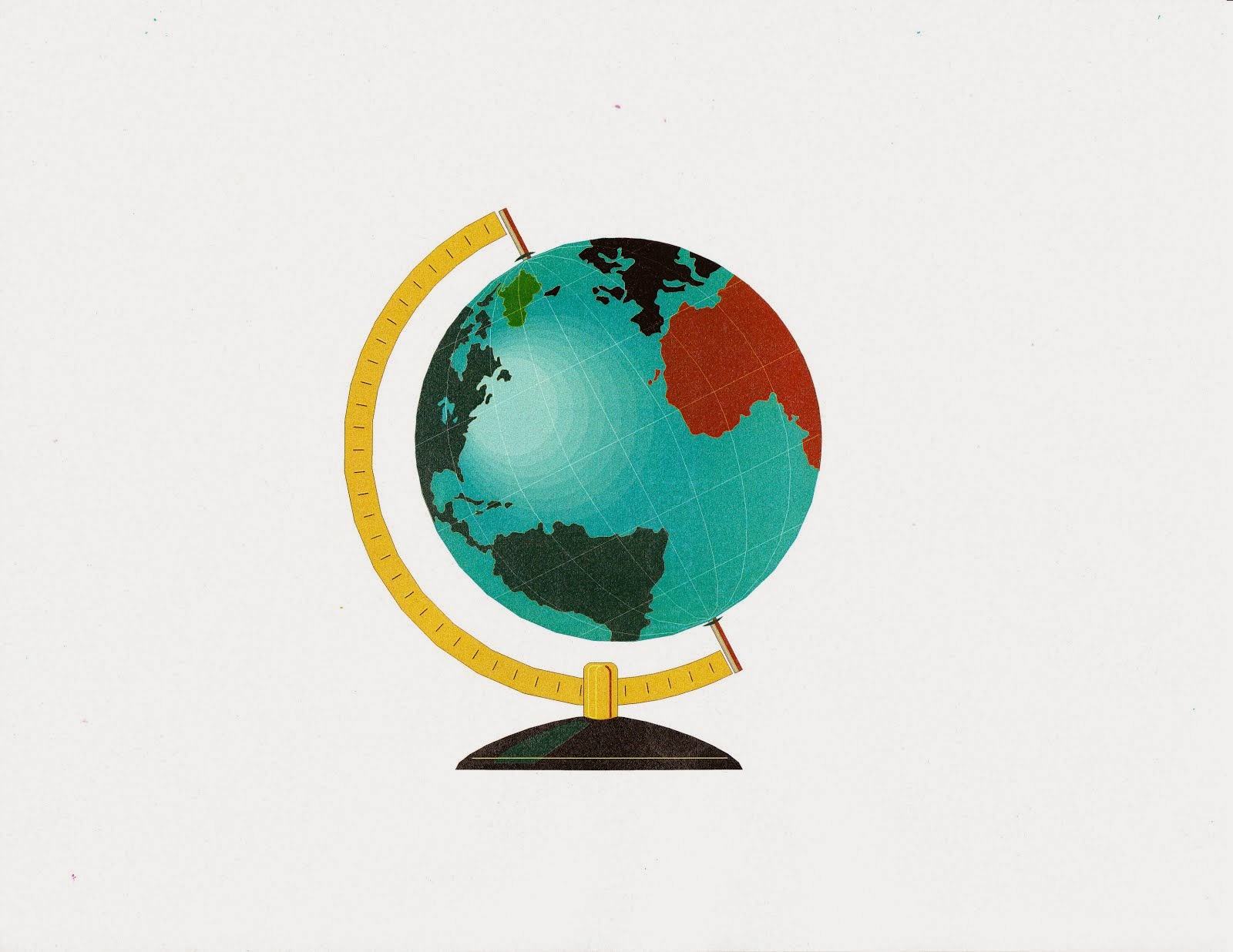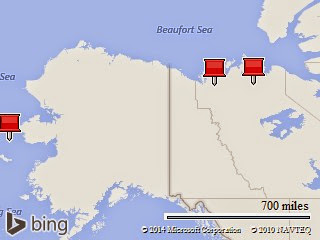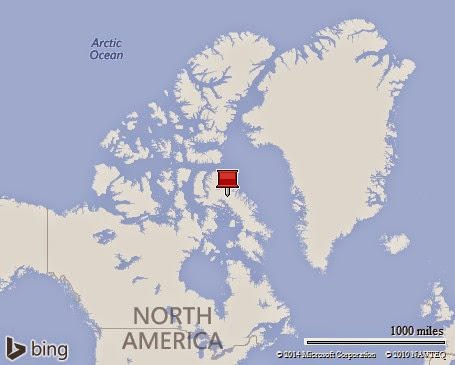The World Is A Wondrous and Strange Place
In my last blog I promised that when I felt better I would try to wind up writing about our trip to one of the most unusual landscapes on our planet, the Arctic Northwest. Looking back, it seems to me that there were three things of particular interests on our trip that deserve to be shared.
Even though after my accident I was no longer able to go ashore and could only go on deck for a very limited time, I nonetheless got to experience what the Northwest Territories of Canada were like. Our ship anchored off the town of Tuktoyaktuk, or as we called it just Tuk. This was a very important day for the Inuit Indians of this small village since it represented the very first visit ever by a cruise ship.
Not being able to go ashore to join in the festivities I did, however, stand at the rail and look across the relatively flat landscape of this environment. Dotting the landscape were large mounds which in some way reminded me of the Indian mounds you might see in Illinois. However, many of these hills were gigantic. As it turns out, I was looking at my very first Pingo. 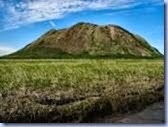
A Pingo is a dome-shaped mound consisting of a layer of soil over a large inner core of ice. They are a striking feature to the otherwise relatively flat landscape of this terrain, and these ice cores hills are unique to permafrost areas. The region around Tuk is home to the tallest Pingo in Canada, and the second tallest in the world. It rises 160 feet into the air, or a height equal to that of a 16 story office tower. It is growing at a rate of approximately 2 cm per year, and is at least 1000 years old.
Having now been exposed to my very first Pingo, I was completely unprepared for what I was to encounter next. We came to an area that I call the "land of perpetual fire." As we cruised Westward towards the Beaufort Strait we could see a smoke filled horizon approaching. As we got closer, the smoke became more dense, and the landscape looked something like a volcanic region. What we were seeing however, had nothing to do with volcanoes. We had entered an area of Canada's Northwest territory known as the Smoking Hills. First discovered in 1826,it is a land that burns continuously, and has been doing so for centuries. The fires which burn underground, are the result of a process of autoignition between iron pyrite, sulfur and bituminous shale.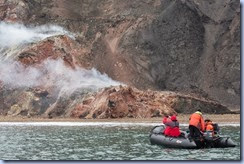 The landscape looked as if it was from the movie, Lord Of The Rings. I have seen elsewhere in the world where giant coal deposits have been set on fire by humans and burn for long periods of time, but I have never seen a landscape which self-ignites and burns for centuries. It was an eerie sight, and one of those unique experiences of our journey.
The landscape looked as if it was from the movie, Lord Of The Rings. I have seen elsewhere in the world where giant coal deposits have been set on fire by humans and burn for long periods of time, but I have never seen a landscape which self-ignites and burns for centuries. It was an eerie sight, and one of those unique experiences of our journey.
Lastly I would like to pass along a little bit of geographic trivia. In school I learned that the United States and Russia are at their closest points, separated by 55 miles across the Bering Strait. Well, as it turns out, that is not exactly the correct answer. Right in the middle of the Bering Strait, is a small island chain known as the Diomede Islands. The larger of the islands, known as Big Diomede, is part of Russia. The smaller island, known as Little Diomede is a part of the United States. These two islands are separated by only 2.4 miles. Even more unique, the International Date Line runs right between the two. So as we sailed directly down the Date Line, we could look to our left and see today in the United States, while if we looked to our right, we could see yesterday in Russia. See if you can figure that out?
Even though our journey was interrupted by an accident, we still were the one and only ship to transit the North West passage this year, and we got to experience some of the wonders of the Arctic North. Lisa and I have now had an opportunity to look at our photographs, and with a little help from friends who loaned us photographs towards the end of the trip, it does appear that we have enough to be able to put together another DVD to share with friends.
I hope everyone has enjoyed traveling along on this shorten trip, and know that there will be more in the future.
Jim
